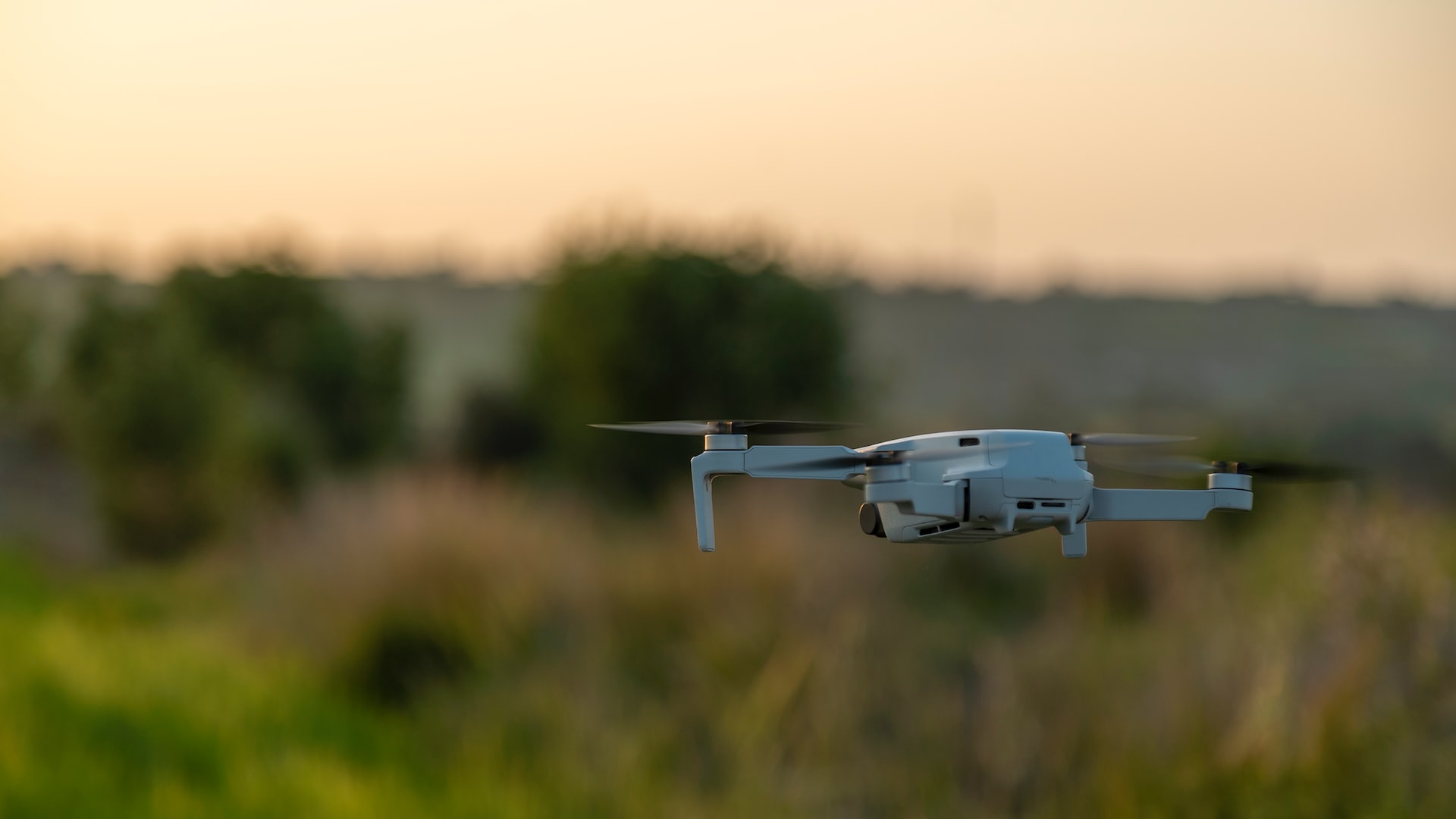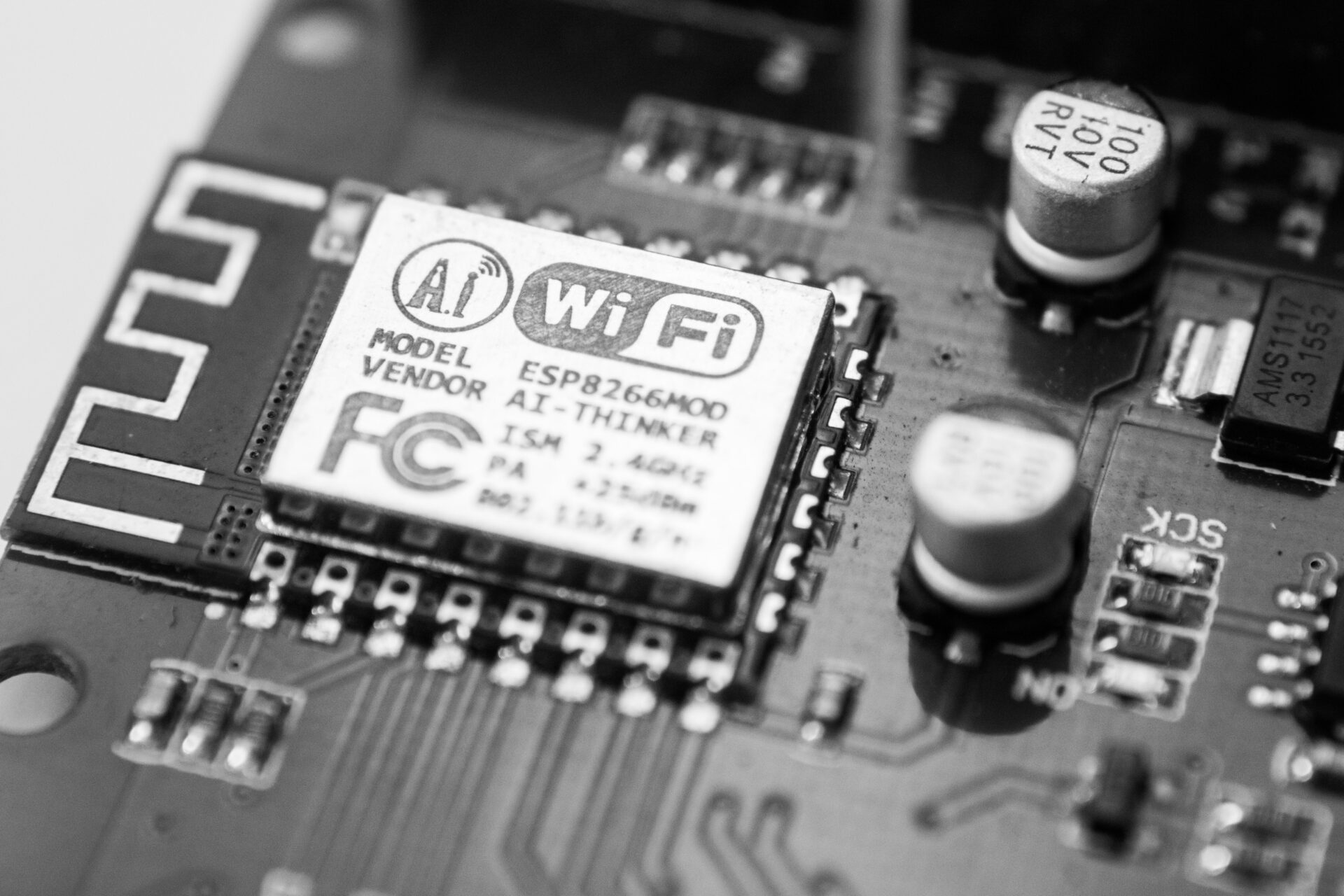How Disruptive Technologies are Transforming Asia
Asian markets have been disrupted significantly in a positive way since the implementation of emerging technologies. Emerging technologies have greatly evolved the ways in which businesses, consumers, and even governments interact.
The fundamental disruptor has perhaps been the smartphone and connected technologies such as 4G and now 5G. The ubiquitous smartphone has enabled both digital and financial inclusion for masses in the region.
The advent of the smartphone ushered in the era of e-commerce, social media, and digital payments technologies we witness now. Its emergence and implementation could not have been at a more opportune time, right before a global pandemic.
Since the development and advancement of such technologies had already been established, it greatly helped companies to quickly pivot selling online; governments to help keep communication flowing with the masses; employees to communicate and work remotely seamlessly amid prolonged lockdowns.
The advent of emerging technologies did disrupt the Asian market, but also prepared it for future crises, that what we see now. What lies in the future for Asian markets, coupled with the uncertainty surrounding inflationary pressures and COVID-19, forms the crux of one of the themes being discussed in the upcoming Horasis Asia Meeting, being held between 20 to 21 November in Kitakyushu, Japan. The event will host 400 of the foremost business and political leaders from across Asia and the world, as they discuss ways to revitalize Asia’s economy in building a resilient post-COVID Asia.
Disruptive Technologies
Artificial intelligence (AI) is one of the top disruptors in the Asian market. It enabled businesses to streamline manual processes making it faster and quicker to deal with customer queries and complaints. Use of AI can be seen in chatbots and in manufacturing industries.
We also see the use of industrial robots, greatly expediting manufacturing of heavy machineries such as automobiles. This has certainly reduced time to market, greatly assisting businesses to launch new products and explore newer markets more swiftly.
Drones is another technology that is gaining ground in the agricultural sector. Uncertainty created by climate change is hampering sowing and reaping seasons of crops, pushing large scale farmers to deploy technologies such as drones and IoT (internet of things) to manage conditions of soil and crops.
Cloud computing coupled with data analysis is yielding real time insights in weather forecasts, helping Asian economies to be well prepared for natural hazards. These technologies are also being used by tech giants to propose products and services, based on a customer’s internet search history and past purchases.
COVID-19 Push
Asia as we know it has completely transformed by the advancement in emerging technologies. These technologies have also ushered in some new-age innovative ways to do business. First is the advent of social commerce, which has taken strong roots in Asian societies.
The region is hub to millions of internet users and most spend a lot of their time on social media. Nearly 7 out of 10 (67.4%) people in Asia use the internet – that’s a staggering 2.93 billion people. Some of the most popular social media channels in the region are Facebook, Instagram, and TikTok. Amid the pandemic, there has been a surge in businesses (both small and big) selling by using social media. A great idea considering the amount of time spent by a user, presence in social media is relatively cheaper and is more personal. The region’s social commerce market is expected to grow by 38.2% to reach US$423.14 billion in 2022.
Social media influencers are also being actively approached by companies to promote and market their products and services using social media. Social media influencers in the region have a large following. Take the case of Tao Liang who is China’s popular social media influencer with a following of about 5 million Weibo followers, 47.1K Instagram followers, and over 800K WeChat followers. He uses these social media platforms to sell bags, with new releases selling out within minutes.
Technologies and Socio-economic Impact
The advent of technologies has certainly been a boom for new age tech companies, as these technologies are now also addressing the needs of financial and gender inclusion, particularly in rural areas of Asia.
Smartphones and the internet is enabling rural households to receive online payments and even for learning. Browsers such as Google are enabling rural children the opportunity to learn new things and also have the capacity to receive and pay money using e-wallets and QR codes.
Green energy technologies such as solar and wind are bringing the possibilities of lighting remote houses in Asian countries. People in rural areas are getting access to lighting and internet, which is strengthening their chances of improving their social status.
Moving forward, emerging technologies should not only be focused on the betterment of urban areas, but governments should also take a holistic approach in the upliftment of rural areas and the people that reside in it.
The Horasis Asia Meeting follows on the heels of the Horasis India Meeting, held between 25-26 September 2022 in Vietnam. The India Meeting was attended by 400 leaders from both the business and government diaspora. To know more about the event, click here.
Photo Caption: The advent of emerging technologies did disrupt the Asian market, but also prepared it for future crises.



